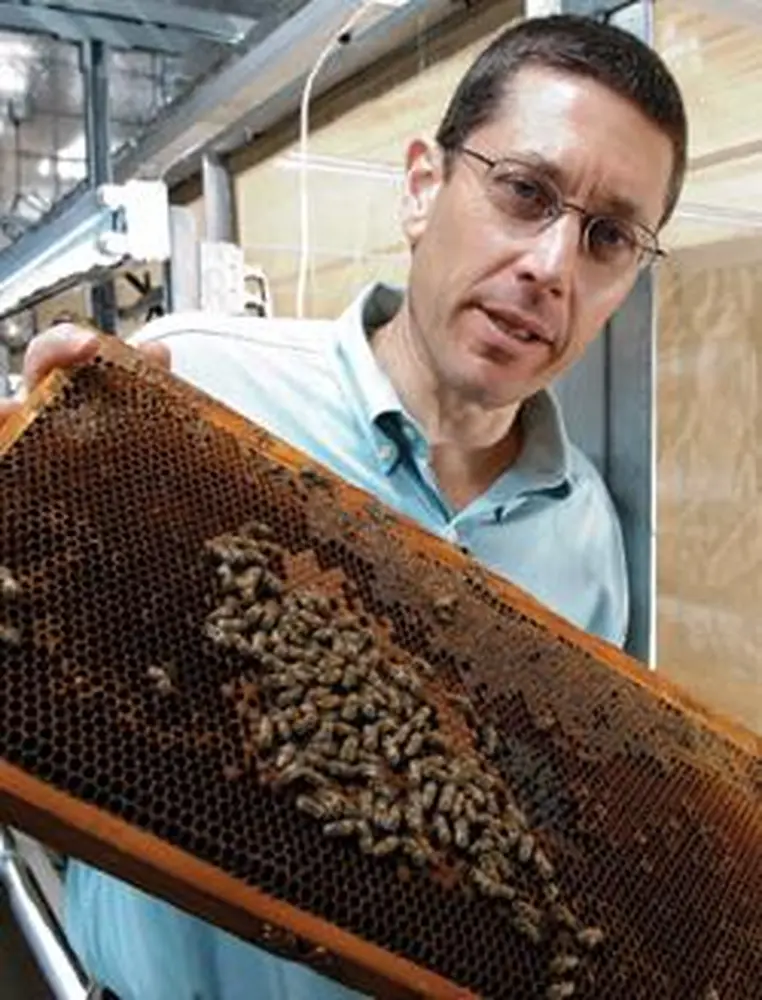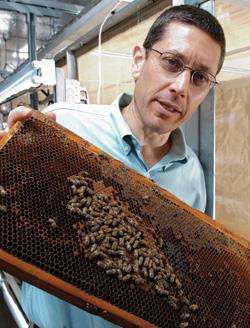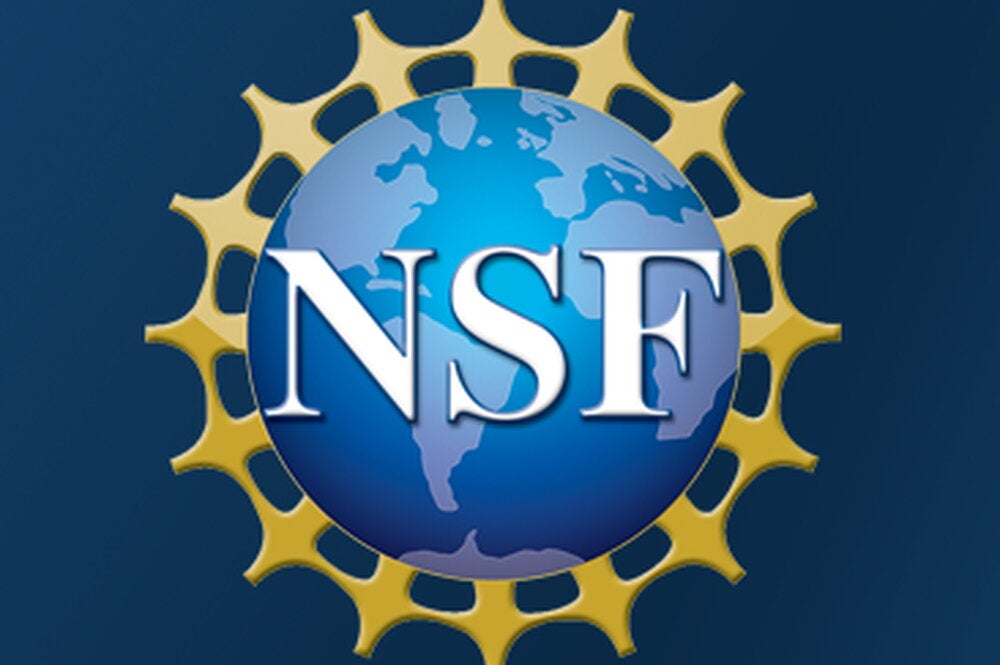

Never trust a honey bee that is hopped up on cocaine.
Researchers have found that cocaine stimulates the reward system in the brains of foraging honey bees. As a result, bees on cocaine often exaggerate the quality of nectar and pollen they discover, says Gene Robinson, an LAS entomologist and Swanlund Chair who led the international research team. This behavior parallels the drug’s impact on the reward system in human brains, offering clues to the mysteries of cocaine addiction and treatment.
When foraging honey bees locate nectar and pollen sources, they report their discovery back at the hive by going through an elaborate, elegant dance known as a “round” or a “waggle”—what Robinson calls “one of the seven wonders of the animal behavior world.”
Normally, foraging honey bees will alert their comrades to potential food sources only when they’ve found high-quality nectar or pollen and when the hive is in need. But all bets are off when foraging honey bees are under the influence of cocaine. They will report the location of food, even when it’s of lower quality.
Robinson thinks that foraging bees find it rewarding when they do their waggle dance and lead other bees to food sources; therefore, when cocaine stimulates this reward system, the bees dance even when they normally would not—just to get the reward.
This is the first case of a human-like reward system being identified in an insect brain, Robinson says. What’s more, they found signs of cocaine withdrawal in the bees, yet another parallel to humans.
These findings show that honey bees are good subjects for substance-abuse research, he says. Researchers now hope to identify the neural pathways that the drug targets in bees to learn more about the mechanisms of addiction.


